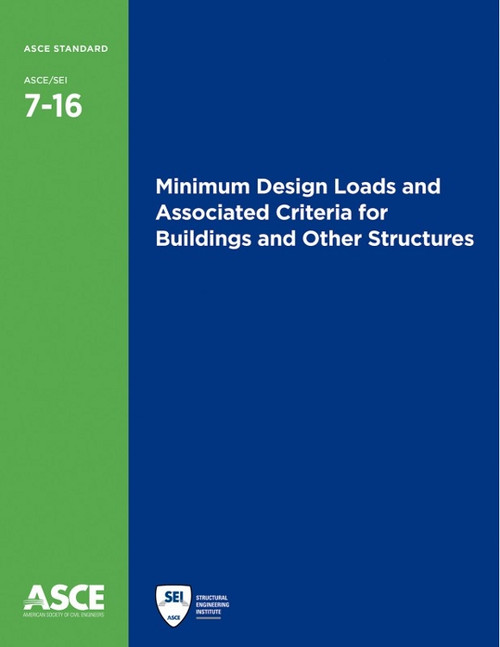Minimum Design Loads for Buildings and Other Structures (ASCE/SEI 7-16) is a loading standard for general structural design. It describes the means for determining design loads including dead, live, soil, flood, tsunami, snow, rain, atmospheric ice, earthquake, wind and fire, as well as how to assess load combinations. Significant changes in ASCE 7-16 include:
- new seismic maps reflecting the updated National Seismic Hazard Maps
- new wind speed maps, including new Hawaii maps, that result in reduced wind speeds for much of the US, clarified special wind study zones and separate Risk Category IV from Category III
- new snow load maps incorporating regional snow data for areas that previously required site-specific case study zones
- updated rain duration provisions that align design requirements with International Plumbing Code provisions for drainage
- new chapter covering tsunami design provisions
- new appendix provisions for fire design.
Standard provisions are accompanied by a detailed commentary with explanatory and supplementary information developed to assist users of the standard, including design practitioners, building code committees and regulatory authorities.
This standard is an integral part of building codes in the US and is adopted by reference into the International Building Code, International Existing Building Code, International Residential Code, and NFPA 5000 Building Construction and Safety Code.
The 2016 edition of ASCE 7 supersedes ASCE/SEI 7-10 and coordinates with the most recent material standards, including ACI, AISC, AISI, AWC and TMS standards.
Softcover.





